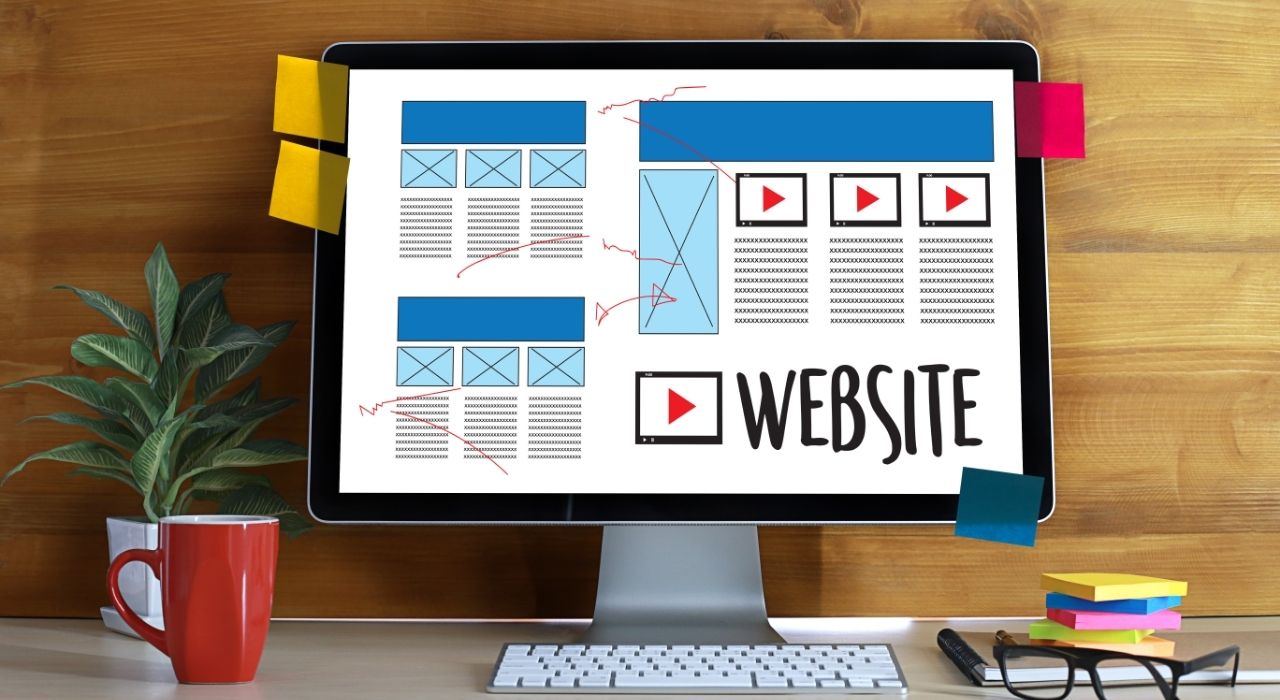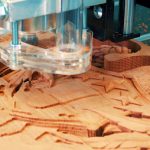The optimization of images is crucial for several reasons. First, it enhances website performance by reducing page load times, which improves user experience and search engine rankings.
Second, it conserves bandwidth, lowering hosting costs and ensuring smooth content delivery, especially on mobile devices with limited data plans.
Third, optimized images save storage space, benefiting website maintenance and backup processes. Fourth, it accommodates various screen sizes and resolutions, making content accessible to a broader audience.
Lastly, it aligns with environmental sustainability efforts, as smaller image files require less energy to transmit and store, reducing carbon footprints associated with web hosting.
In essence, image optimization enhances efficiency, accessibility, and sustainability on the web.
Optimize thumbnails
Within a given page every photo counts. We often overlook the importance of thumbnails in terms of optimization.
Indeed, they may be small, but if only because of the number of them that can be displayed on pages such as lists, categories simple modules, and other elements that accompany the product sheet, they can amount to a relatively high mass of information. when every kilobyte counts.
The first tip is obvious: keep your high-contrast images reasonably small. They are small photos so it is absurd for you to use heavy formats and high resolutions, they simply will not be appreciated from an aesthetic point of view and you are reducing the agility of the page.
Use image sitemaps
Among the good practices that Google recommends to facilitate the crawling and indexing of photos, we can highlight the use of sitemaps or site maps.
It is a small, very basic XML file in which search engines are offered a list of the URLs where all the important images on the website are found and, optionally, allow adding some additional information such as titles, and photo captions.
Sitemaps are not only a good practice for images, they are specially used for all those URLs on our site that we want to be crawled.
For this reason, it is recommended that you upload images and other types of URLs separately. In addition, not only is there no problem in uploading more than one, but it makes it more efficient.
Be careful with decorative images
Many visual resources are used on a website that makes it more attractive. We are talking, for example, about buttons, dividers, and, especially, backgrounds. All of this, as happens with thumbnails, gradually adds weight to the page, which slows down loading.
The first thing I will tell you is to forget about alt attributes. Remember that what we are looking for is a good optimization of the images.
It does not provide us anything in strategic terms that these resources are indexed and displayed in the results, nor do we want to over-optimize the page generating a certain feeling of lack of naturalness and prioritization.
Original photos and not just stock
We have absolutely nothing against stock photos. They are a very useful resource that can be used with very good results, what does not convince me is the misuse.
The images made by ourselves add a touch of uniqueness to the entire site. Users become blind to the same photos that are seen over and over again on all pages. And if you are looking for unique photos check the Bonus Designs images they have more than 5k images.
When you have to use stock images, always use the one that best fits the content you are referring to and, as far as possible, try to use a photo that is not the typical one or those used by your competition.
Use photo captions if necessary
This adds context and allows semantics to be added to the content so that search engines interpret it better. But it is also useful for the user because this text is read up to four times more than the text that surrounds it.









